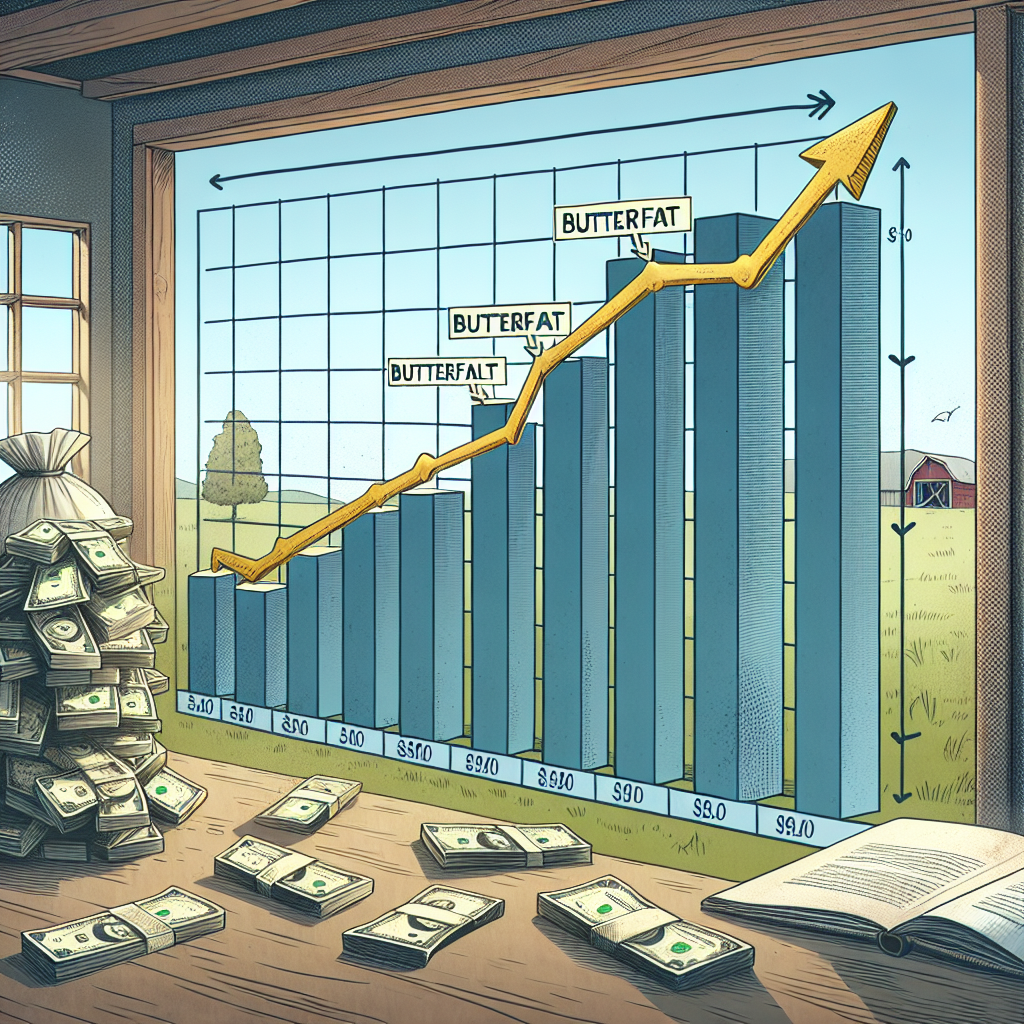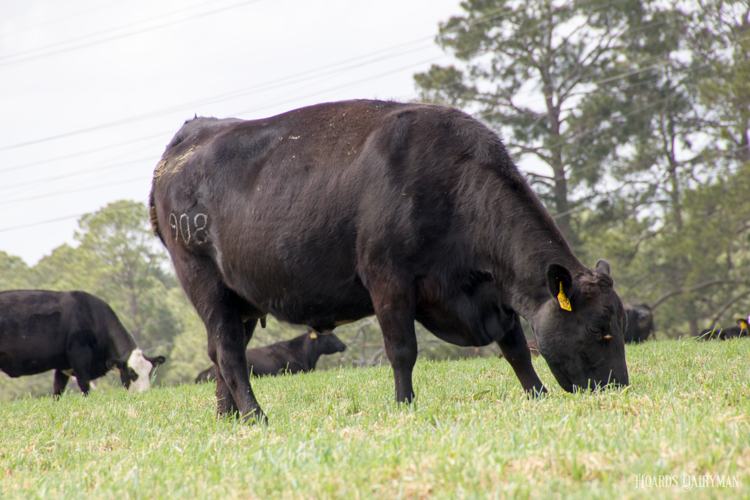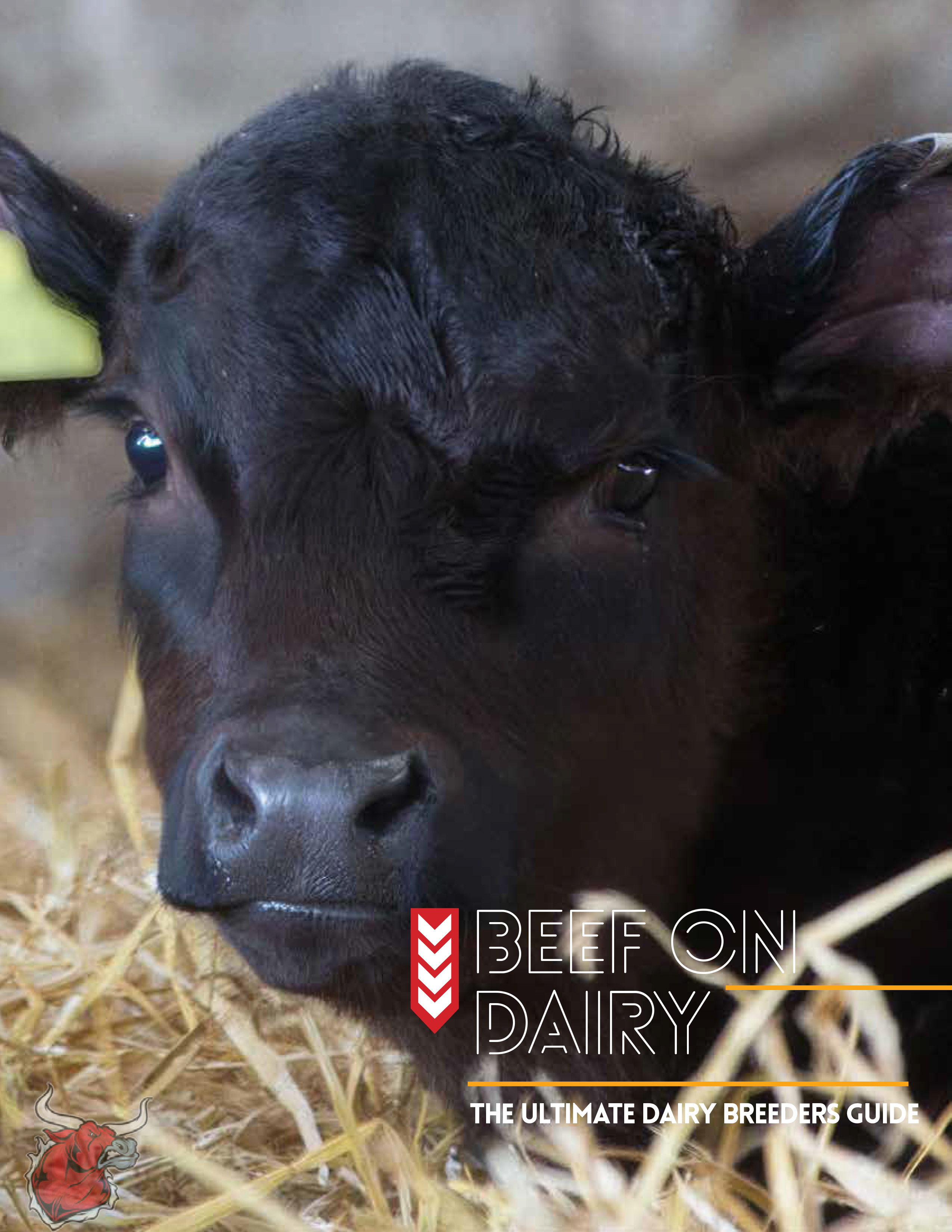Explore how U.S. dairy exports are breaking records and surpassing last year’s numbers. How will these trends impact your dairy business? Learn more now.
Summary: This year has been nothing short of impressive for U.S. dairy exports. Despite fluctuations in some categories, overall growth remains strong, with cheese, whey, and nonfat dry milk all showing significant year-over-year increases. Cheese exports reached 88.7 million pounds in July, marking a new monthly high for the sixth time in 2024. Whey exports saw a 22.4% increase driven by Chinese demand, and nonfat dry milk exports hit a 14-month high, bolstered by record shipments to Mexico and an 80% surge to the Philippines. The sustained growth in these areas signals the U.S. dairy industry’s strength and presents promising opportunities for development and investment. However, the outlook for milk powder exports remains uncertain due to rising global prices and fluctuating U.S. output.
- U.S. dairy exports vigorously grow across several categories, including cheese, whey, and nonfat dry milk.
- Cheese exports hit 88.7 million pounds in July 2024, setting new monthly highs multiple times this year.
- Whey exports increased by 22.4%, mainly due to rising demand from China.
- Nonfat dry milk exports experienced a 14-month high with significant growth in markets like Mexico and the Philippines.
- The U.S. dairy industry demonstrates robust potential for investment and expansion, offering promising opportunities for growth and development. This optimistic outlook is sure to inspire hope and confidence in the industry’s stakeholders.
- Despite the overall positive trends, it’s important to note that milk powder export forecasts remain clouded by rising global prices and inconsistent U.S. production levels. This cautionary information is crucial for stakeholders to be aware of potential risks and make informed decisions.

By 2024, dairy exports aren’t just staying afloat—thriving. Month after month, U.S. dairy exports are making headlines and surpassing new benchmarks despite market ups and downs. This resilience underscores the strength of the U.S. dairy sector and should inspire confidence among all stakeholders. Diving into recent trends in dairy exports, mainly focusing on cheese, whey, and nonfat dry milk, we’ll explore why this matters. Understanding these patterns will help you make informed business decisions and possibly tap into emerging markets. In July, the U.S. shipped 88.7 million pounds of cheese abroad, marking a 9.4% increase from the previous year, according to USDA’s Global Agricultural Trade Systems. Keep reading to discover how this surge in dairy exports could impact your business and shape the global path for U.S. dairy products.
| Export Category | July 2023 | July 2024 | % Change |
|---|---|---|---|
| Cheese (million lbs) | 81.1 | 88.7 | 9.4% |
| Whey (million lbs) | 33.2 | 40.6 | 22.4% |
| Nonfat Dry Milk (million lbs) | 118.5 | 130.3 | 10% |
Dairy Export Trends: 2024 Marks a Year of Remarkable Growth
With relation to dairy exports, 2024 looks to be a historic year. The most recent USDA Global Agricultural Trade Systems numbers show startling expansion in some dairy product categories.
July 2024 saw a significant milestone in U.S. dairy exports, with 88.7 million pounds of cheese being sent overseas, marking a 9.4% rise over the previous year. This increase, setting new monthly records for the sixth time this year, is a clear indicator of the growing demand for U.S. dairy products in the global market and a testament to the potential of the U.S. dairy industry.
In July, exports also saw a remarkable increase, rising by 22.4% yearly. The dramatic 34% increase in exports to China was a significant contributor to this spike, highlighting the increasing demand in Asian markets. This surge in exports to China clearly reflects the growing global demand for U.S. dairy products.
Notfat dry milk (NDM) also grew noticeably. In July, exports reached a 14-month high, surpassing last year’s level by 10%). Notably, sales to Mexico established a monthly record, up 20% from July 2023; exports to the Philippines jumped by an impressive 80%.
The vitality in these numbers emphasizes the worldwide performance of American dairy products, reflecting their quality. Cheese continues its strong performance, whey has mostly recovered, and NDM is still a necessary export good with great potential for expansion.
Sustained Growth in Cheese Exports: A Harbinger of Industry Strength
Regarding cheese exports in 2024, we see a challenging trend to overlook. Comparatively to July 2023, July alone witnessed a startling 88.7 million pounds of U.S. cheese transported overseas—a 9.4% rise. These statistics represent the strength and resiliency of the U.S. dairy industry, not simply data on a chart.
More impressive, perhaps, is that, particularly to vital markets south of the border, this represents the 14th straight month of record-breaking exports. This steady rise emphasizes the growing worldwide demand for U.S. cheese and the sensible tactics American producers have used to satisfy it. Setting a new high every month shows U.S. cheese’s volume, quality, and dependability, which consumers all across like.
These figures should also be a sign of hope for dairy farming specialists. The rising trend presents opportunities for development and investment, opening doors to new markets. The regularity of these record-breaking months also points to a strong basis and implies that this trend is sustainable. As you review your company strategy, take advantage of this increase in cheese exports. How do you see this? Please let others know about your observations and experiences. This potential for business expansion and investment should inspire optimism and motivate industry professionals to seize these opportunities.
U.S. Whey Exports: 2024 Highlighting a Robust Recovery
Considering the low 2023 standards, U.S. whey exports in 2024 have improved. The July exports jumped by 22.4% year over year. The 34% rise in exports to China is a notable engine of this expansion. This increase points to a noteworthy comeback and rising demand from one of the most significant worldwide marketplaces.
Export figures in 2021 and 2022 still fall short of those peak years. Still, the path of recovery shows a good change in 2024. Many elements probably help to explain this increase. First, whey is vital as high-quality protein products are increasingly sought after worldwide. Furthermore, the deliberate efforts of the U.S. dairy sector to improve traceability and quality have made U.S. whey a premium commodity.
This development has consequences beyond current sales numbers. First, it increases industrial confidence in reaching the Asian markets. Moreover, a steady increase in whey exports might open the path for more consistent pricing and help offset home supply changes. Professionals in dairy farming and related businesses should track these developments to modify their plans and seize the growing market prospects.
U.S. Nonfat Dry Milk Exports: A Rising Tide in the Global Market
A notable increase in U.S. nonfat dry milk (NDM) exports has created ripples in dairy worldwide. With a 10% increase above the previous year’s volumes, July was a 14-month high in NDM exports. This represents the increasing demand for U.S. dairy goods and strategic orientation in critical global markets, not just a statistic. This increasing demand for U.S. dairy products should make all industry professionals proud and accomplished.
Mexico is still great; July exports show an all-time high—a stunning 20% rise from the previous year. This significant increase emphasizes solid trade ties and the demand for superior American dairy products.
The Philippines is another vital market with an 80% increase in NDM imports from the United States. This significant increase can be attributed to the expanding taste for American dairy products in Southeast Asia, indicating a growing market for U.S. NDM in the region.
Examining more general patterns, the U.S. NDM has a more significant advantage worldwide. Rising global pricing and China’s increasing purchases at recent Global Dairy Trade (GDT) auctions point to a decrease in milk powder stockpiles among important exporters and importers. This offers a unique opportunity for American goods to close the gap more clearly.
Still, there are some obstacles just waiting here. Reduced U.S. milk powder production might have restrictions; another element to watch is the recent rise in spot NDM pricing. U.S. milk powder pricing for German skim milk powder (SMP) and GDT SMP stayed throughout last year about 10ȼ below benchmark levels. However, recent rises in spot NDM rates have closed this difference and heightened the competitiveness for new businesses.
Stakeholders have to be alert even if chances for ongoing development abound. Quickly using these benefits and negotiating challenges will depend on closely observing market dynamics and world developments.
Mixed Signals in U.S. Milk Powder Export Forecast
U.S. milk powder exports show mixed possibilities and difficulties in their projection. Rising worldwide pricing and higher Chinese buys at recent worldwide Dairy Trade (GDT) auctions point, on the one hand, to declining milk powder supplies of essential players. Under this situation, U.S. exporters could have fresh opportunities to fill the void.
The road ahead isn’t apparent, however. U.S. milk powder production has been somewhat poor, and the rise may hamper future sales in spot pricing for nonfat dry milk (NDM). U.S. milk powder costs were around 10ȼ below those for German skim milk powder (SMP) and GDT SMP for a good period—between September 2023 and July 2024—which gave it a competitive advantage. But that margin has dropped because of a late-summer surge in spot NDM prices.
This price rise compromises the competitive pricing edge, which makes it more difficult for American companies to get new contracts in a market growing competitive. Therefore, even if there are chances, especially with declining global stocks, U.S. exporters must carefully negotiate through these possible hazards. Strategic planning is thus essential for maximizing these trends without running into the related hazards.
The Bottom Line
When we consider the critical 2024 data points, it is evident that the U.S. dairy export industry is seeing excellent expansion in many different sectors. Cheese exports are setting records, indicating worldwide strong demand. However, whey sales to China and significant rises in nonfat dry milk exports to Mexico and the Philippines suggest other growing markets.
However, the milk powder export projection is still up for debate. While declining global stock and increasing prices should provide advantageous circumstances, changing U.S. production and competitive pressures could create difficulties.
What does all this mean for experts in the dairy business and farmers? There are chances for development and possible obstacles to negotiating in a developing export market. Leveraging these changes will depend primarily on being informed and flexible.
Learn more:
- U.S. Dairy Exports Surge in April: Record Cheese Shipments and Whey Boost
- Is 2024 Shaping Up a Disappointing Year for Dairy Exports and Milk Yields?
- How Cheese Exports and China’s Demand are Powering the US Dairy Economy in 2024
 Join the Revolution!
Join the Revolution!
Bullvine Daily is your essential e-zine for staying ahead in the dairy industry. With over 30,000 subscribers, we bring you the week’s top news, helping you manage tasks efficiently. Stay informed about milk production, tech adoption, and more, so you can concentrate on your dairy operations.







 Join the Revolution!
Join the Revolution!










